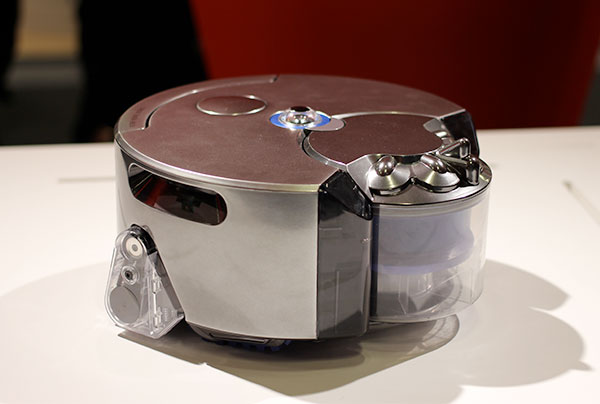As a new year begins, I always like to take a look at what the pundits are predicting for technology trends in the upcoming year. On embedded.com, EDN and EE Times editors – a.k.a. the pundits – weighed in with their 2017 predictions for hot technologies, each of which gets a full article of its own devoted to it. (Note to the readers: the articles are well worth a look if you’re at all interested in the topic. They contain technical detail, illustrations, and, in some cases, schematics.) In this post, I’m focusing on the first five technologies discussed.
RF energy: Measurements improve cooking, lighting, and-more (Martin Rowe): There are many different applications for RF energy, which is “made possible through the development of RF transistors that can provide sufficient power at the right frequencies, namely the 2.45 GHz ISM band.” The application that Martin explores is microwave cooking, where RF energy, with its closed-loop approach, will produce more even cooking than today. This will require the use of sensors that can measure changes to food as it cooks.
Microphones: A sound technology choice for communication and control (Steve Taranovich) Steve’s betting that, despite the hold that e-mail and texting have on the way we communicate technically today, speech is our natural medium. So “voice will win out in the end” as the way humans interact with and control a world that technology just keeps making smarter. In his article, Steve runs through a number of the microphone technologies he’s seen or read about that he sees will take off. “Even ribbon microphones, an older technology from 1924, are making a comeback with advanced phantom-powered FET stages for professional audio processing.” 1924! Talk about back to the future!
Digital Clothes: Not Putting You On (Rick Merritt) I’m all for improving microwave cooking, and bring on those improved microphones, but I’m not quite ready to start wearing digital clothing. At least I don’t think I am. But, hey, if conductive yarns and “flexible components, batteries, and substrates to replace rigid printed circuit boards” become more available, maybe I’ll be happy to find an intelligent shirt under the tree in a few years. You never know.
Appliance autonomy promises life simplicity (Brian Dipert) Brian has been using robotic vacuum cleaners for a while, and happily reports that the latest gen models have embedded vision processing to solve issues like getting stuck under the couch. It’s not just vacuum cleaners that are getting smarter. There are gutter cleaners, laundry folders, and dishwasher loaders being developed. There will also be a number of healthcare-related autonomous produc
stuck under the couch. It’s not just vacuum cleaners that are getting smarter. There are gutter cleaners, laundry folders, and dishwasher loaders being developed. There will also be a number of healthcare-related autonomous produc
ts, and, of course, those self-driving cars that are just around the corner. Brian attributes the take-off of autonomous appliances to:
- increasing power and power-efficiency processing capability (at a decreasing price);
- the similar growth in availability of cost-effective sensors to collect the data that processors need;
- the mainstreaming of complex software algorithms;
- breakthroughs in “deep learning.”
VR, AR, and Cognitive Capabilities in Embedded Systems Get Real (Max Maxfield) In his article, Max goes deeper on “deep learning” with a discussion on cognitive system technologies coming to the fore, including artificial neural networks and deep neural networks. “These networks are being augmented by front-end tools that raise the power of abstraction … and back-end tools that convert a floating-point network used for training into a fixed-point network suitable for deployment.” As a result, there are more systems with deep learning capabilities, in particular embedded vision systems. “Where things will really start to get exciting is when augmented reality systems are combined with deep learning systems and provided with cognitive capabilities.”
Meanwhile, Happy New Year from all of us at Critical Link. Here’s hoping to an amazing year, with all sorts of interesting technological developments.
